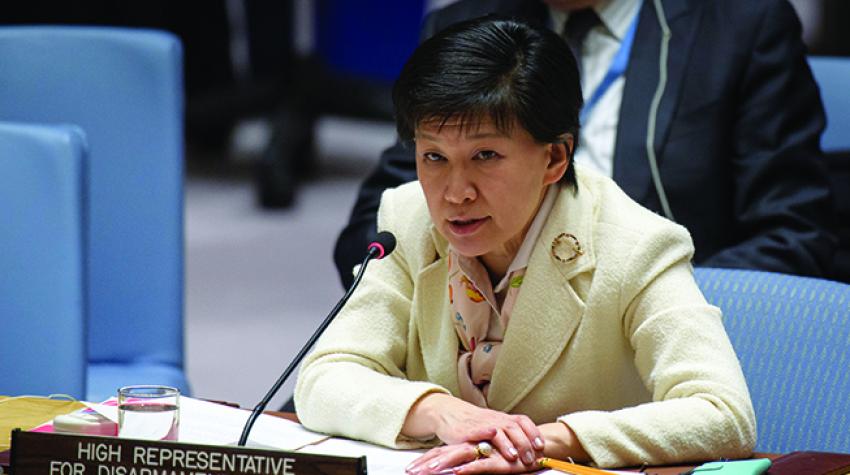
Advancing Disarmament within the 2030 Agenda for Sustainable Development
The 2030 Agenda and its Sustainable Development Goals (SDGs) provide a unique opportunity to revisit the historical relationship between disarmament and development. While SDG 16 on peaceful and inclusive societies, justice and strong institutions recognizes that durable peace and lasting conditions for security are necessary for long-term development, we need to better understand the diverse areas in which achieving disarmament objectives can contribute to the implementation of the SDGs.
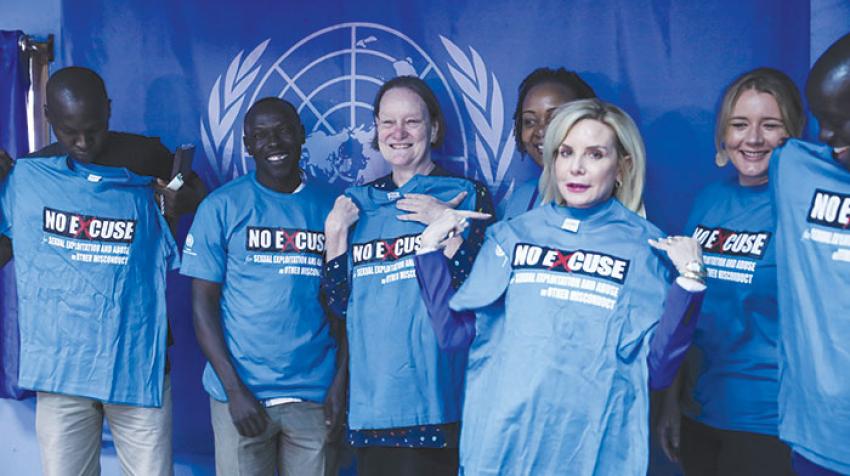
Upholding Our Values: Putting Victims at the Centre
I advocate within the United Nations system and among Member States, civil society and a broad range of other stakeholders to support an integrated response to victim assistance, so that it is rapidly and sensitively delivered; victims are respected, heard and listened to; their cases are taken seriously; and perpetrators are appropriately sanctioned.
Foreword
Given the changing world of media and global communications, we are reflecting on how best to serve the purposes for which this flagship publication was created more than 70 years ago.
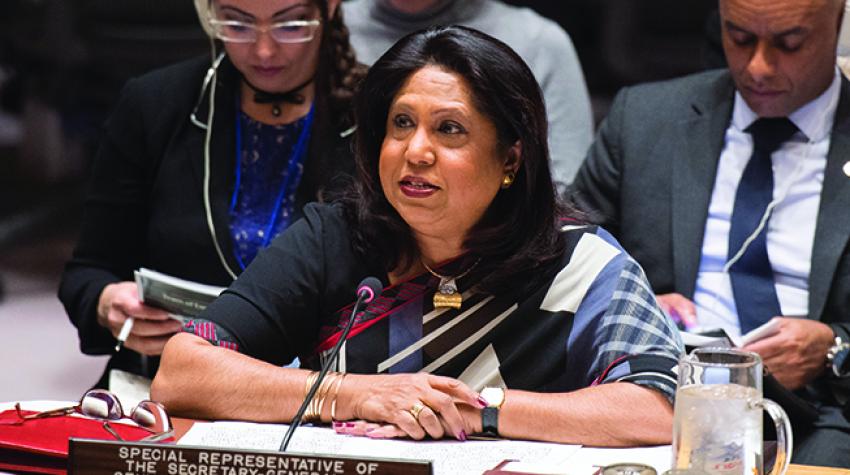
Ensuring That Survivors of Conflict-Related Sexual Violence Are Not Left Behind in the Sustainable Development Agenda
Today, the SDGs provide a comprehensive blueprint for addressing violence against women and enhancing peace and shared prosperity. The international community has set its sights on the year 2030 as the expiry date for gender-based inequality and violence in all its forms.
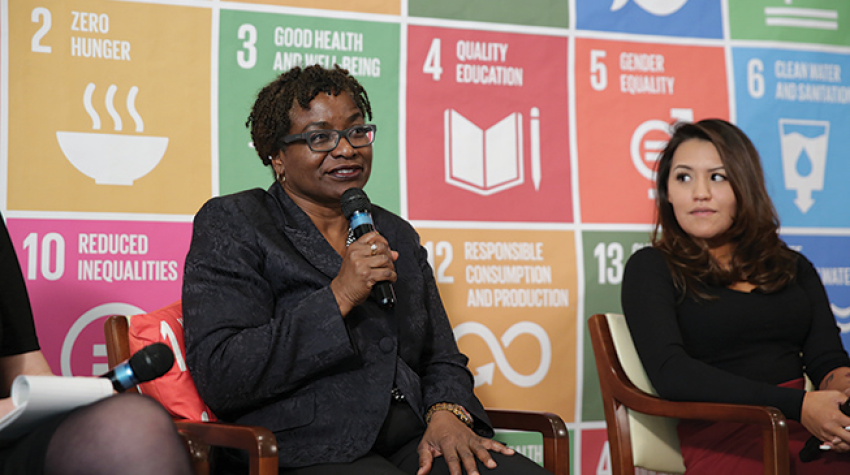
Sexual and Reproductive Health and Rights: The Cornerstone of Sustainable Development
Shortly after the Sustainable Development Goals (SDGs) were adopted in 2015, we spoke to 10 ten-year-old girls from around the globe, asking them what their one wish was. Their answers affirmed what the American poet Maya Angelou once wrote: We are more alike, my friends, than we are unalike.
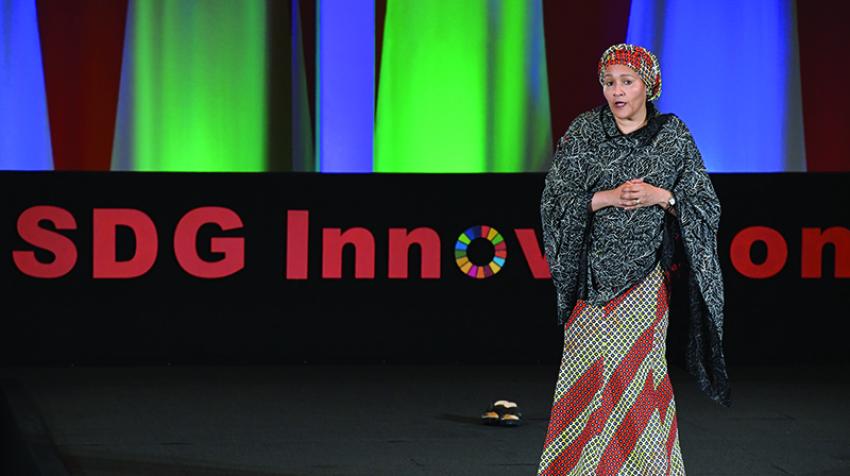
Participation, Consultation and Engagement: Critical Elements for an Effective Implementation of the 2030 Agenda
The 2030 Agenda for Sustainable Development and the 17 Sustainable Development Goals (SDGs) at their core are a groundbreaking, inclusive global initiative to eradicate poverty and achieve a better future for all on a healthy planet.

In Quest of an Energy Justice Framework for Bangladesh
Energy justice is a concept that has been in use in academia around the world over the last decade. Although there is no universal single definition, energy justice evolved with the objective to ensure universal access to safe, affordable and sustainable energy for all individuals, across all areas and to protect from the disproportionate share of costs or negative impacts relating to building, operating and maintaining electric power generation, transmission, distribution system and to ensure equitable access to benefits from each system.

The Sustainable Development Goals and a Substantial Reduction in Illicit Arms Flows
Without a measurable reduction in its global burden, a growing threat of armed violence is a major obstacle for achieving the Sustainable Development Goals (SDGs) by 2030 as it was for the Millennium Development Goals by 2015.

A New Approach to Peace
At the end of the day, what we can't forget is that the UN was founded for peace. That's what its flag should stand for. Its success in preventing conflict should be the norm – not the exception.
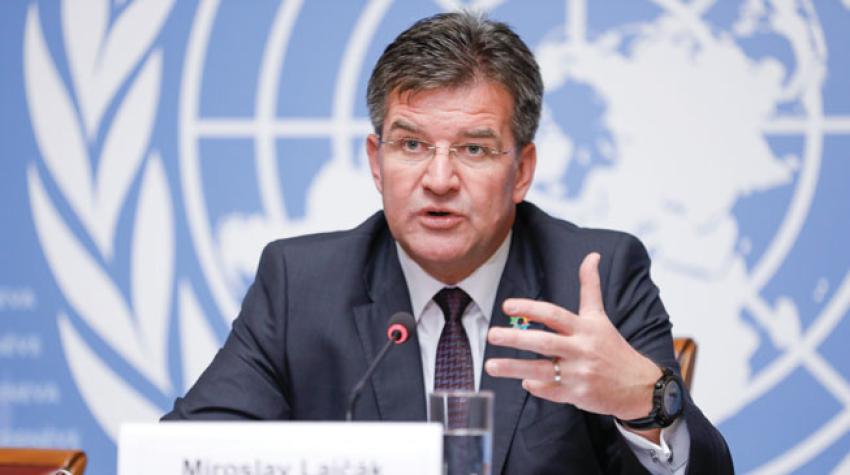
Achieving Universal Access to Water and Sanitation
At a most basic level, human beings cannot survive without water. Equally important is sanitation, a lack of which negatively affects our quality of life and claims the lives of millions each year.

The Dynamic Role of Gender and Social Inclusion: Achieving Internationally Agreed Water-Related Goals
It is estimated that over the next 10 years, climate change and resulting weather extremes will affect around 175 million children a year. We need to increase equitable access to sustainable water sources and improved sanitation, so that in times of both stability and crisis, every child is given a chance to survive.
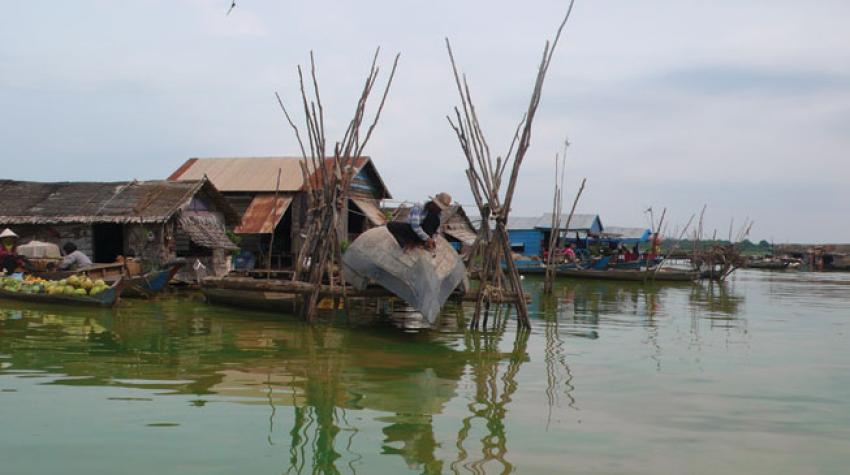
Ecosystems in the Global Water Cycle
There are a number of challenges to large-scale implementation of ecosystem-centric approaches in water management. They include, among others, an overwhelming dominance of grey infrastructure solutions in the current instruments of many States, lack of quantitative evidence on how ecosystem-focused approaches perform, and a lack of capacity to implement such approaches.
